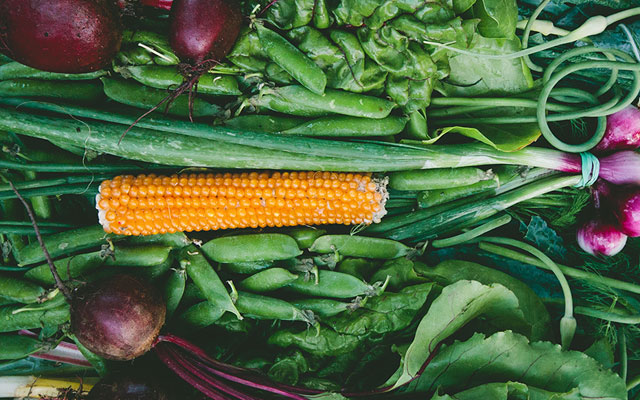How to Freeze Your Garden Vegetables

Did your garden's crop leave you with a boatload of zucchini? Are you running out of ways to eat eggplant? You can freeze summer's bounty to enjoy throughout the year.
To get the best flavor and texture, blanch your vegetables first. This means to immerse vegetables in boiling water. If you freeze them without blanching, chemical substances called enzymes will break down the vegetables, causing a loss of flavor and vitamins.
- Choose vegetables that are young, tender, and recently picked. Ideally, you should blanch vegetables the same day they leave the garden.
- Wash vegetables under running water. Depending on the vegetable, you may need to peel or slice it. To find out what to do for a specific vegetable, check out the "How do I freeze?" directory from the National Center for Home Food Preservation (NCHFP).
- In a large pot, boil about one gallon of water for each pound of vegetables you want to freeze. Put vegetables into a wire or blanching basket, then place the basket into the boiling water. Place the lid on the pot and wait for the water to boil again (usually about one minute).
- After water is boiling, blanch for the amount of time recommended for that vegetable. (That information is also available in the NCHFP's "How do I freeze?" directory.) Follow the times exactly, as under- or over-blanching can affect the quality of your vegetables.
- Once time is up, take the basket out of the pot. Then put the basket in cold water for the same amount of time you blanched them for.
- Drain vegetables and place them in freezer-safe containers, bags, or paper. Label and date the packages. For maximum quality, use within one year.